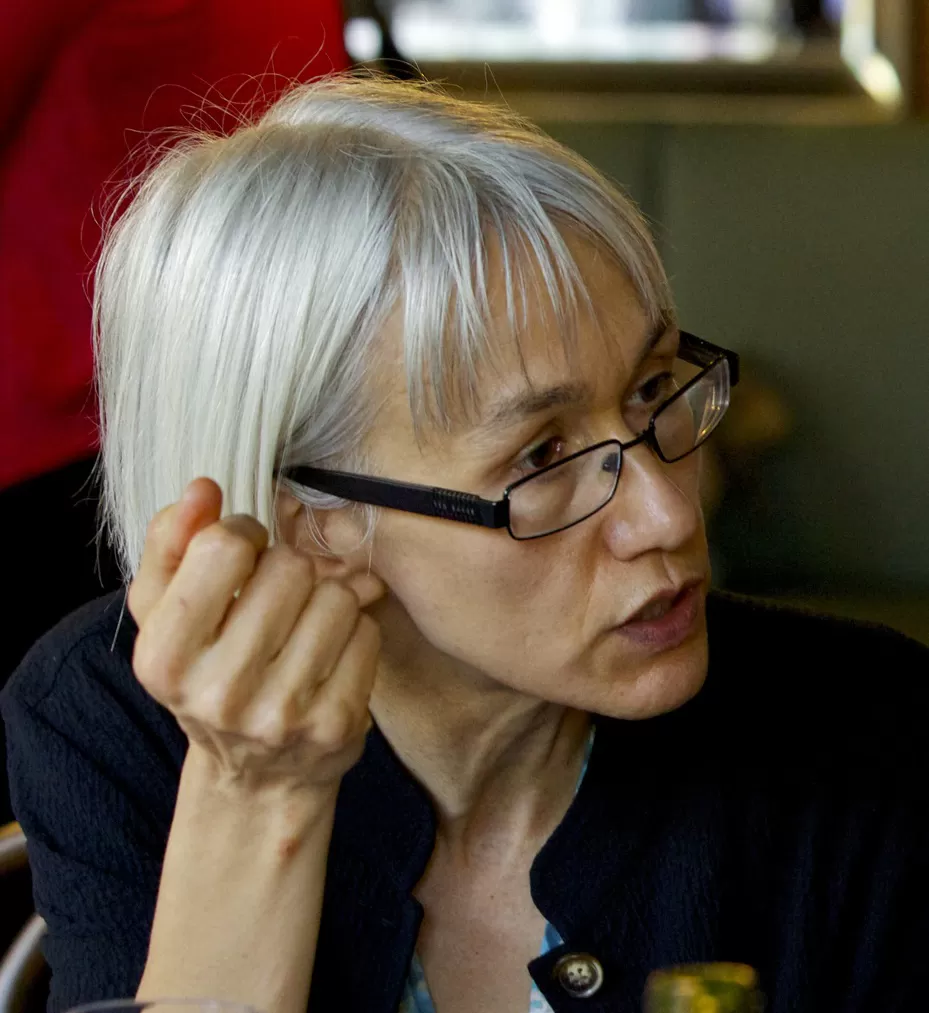Trained in planning and architecture, Ann Forsyth is a professor of urban planning at the Harvard Graduate School of Design. From 2007-2012 she was a professor of city and regional planning at Cornell. She taught previously at at the University of Minnesota, directing the Metropolitan Design Center (2002-2007), Harvard (1999-2002), and the University of Massachusetts (1993-1999) where she was co-director of a small community design center, the Urban Places Project. She has held short-term positions at Columbia, Macquarie, and Sydney Universities. Ann Forsyth’s work focuses on the social aspects of physical planning and urban development. The big question behind her research and practice is how to make cities more sustainable and healthy. Forsyth’s contributions have been to analyze the success of planned alternatives to sprawl, particularly exploring the tensions between social and ecological values in urban design. Several issues prove to be the most difficult to deal with in planning better places and provide a focus for some of her more detailed investigations: suburban design more generally (sense of place, overall layout) and other aspects of healthy places (walkability, social diversity, housing, green space, food). Forsyth received her B.Sc. in Architecture from the University of Sydney, an M.A. in Urban Planning from UCLA, and a Ph.D. in City and Regional Planning from Cornell.
Planning Experience before Graduate School?
The short answer to the question about whether someone needs professional or activist planning experience before graduate school is yes!
Finding Planning Schools
<p> Confused about where to study planning? Of course there’s the Planetizen guide but in the United States two free sources of information provide extensive lists of potential schools. </p>
Visiting Planning Schools: What (Not) to Do
<p> The fall is high season for school visits from prospective students. I am a great believer in doing this remotely—while some greenhouse gases are generated by a Google search it is far less than a plane ride to a distant campus. I suggest visiting schools only after you have been admitted (and not even then if you don’t have a really crucial question that can only be answered on site). However, if you can’t bring yourself to even apply to a school in a place you’ve never visited, and promise to buy carbon set asides, a tour may be worth it. The following tips can help you make the most of the school. </p>
Making Sense of Information: Using Sources in Planning School
<p> With the semester starting, students are beginning to focus on assignments and other project work. Today there is a great deal of information available for planners, but that can lead students to be overwhelmed (and use only a few available sources) or uncertain about how to use those sources that are available. Fortunately universities are coming up with resources to help students untangle these issues. My own institution just launched the very helpful <a href="http://digitalliteracy.cornell.edu" target="_blank">http://digitalliteracy.cornell.edu</a>/. The following tips are adapted from my guide for students doing final projects and theses (link at the end of this entry). </p>
Applying to Graduate School in Planning: Writing a Good Statement of Purpose
<p class="MsoNormal"> Summer is the time to start thinking about graduate school applications typically due in the late fall and early spring. Previous blogs have looked at how to investigate<a href="/node/38163" target="_blank"> if planning is for you</a>, find the <a href="/27243" target="_blank">right</a> program, <a href="/26388" target="_blank">apply</a>, and <a href="/22992" target="_blank">decide</a> which offer to take up. This blog looks in more detail at the statement of purpose or letter of intent, an important part of the application packet. The following tips will help you craft a compelling statement: </p>

























